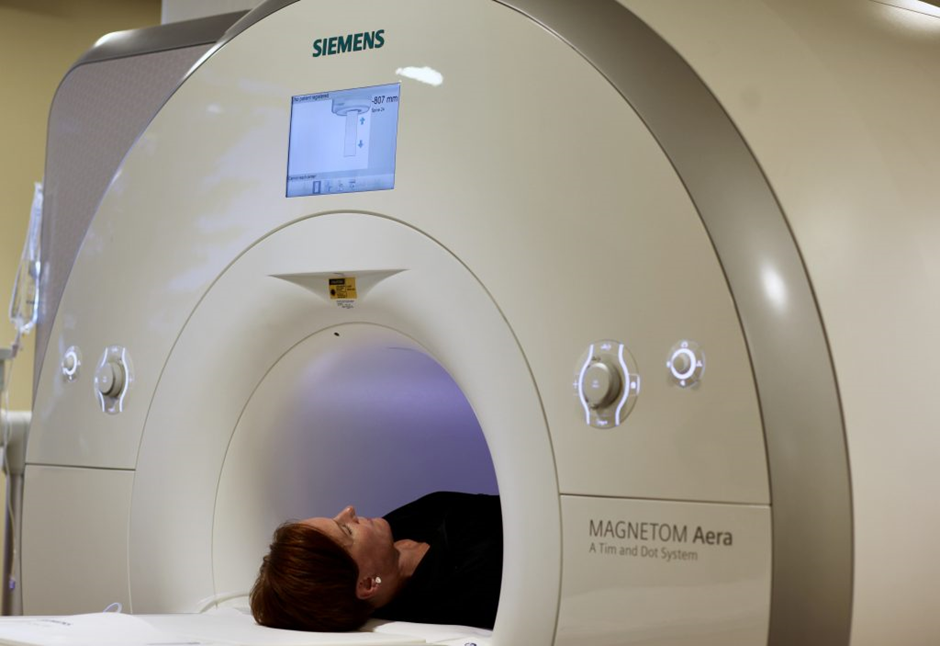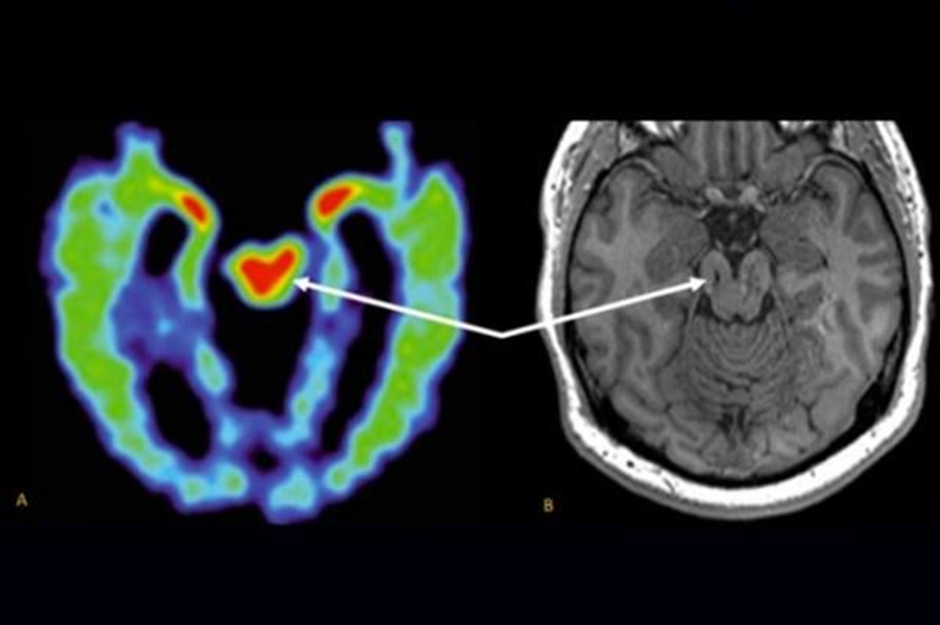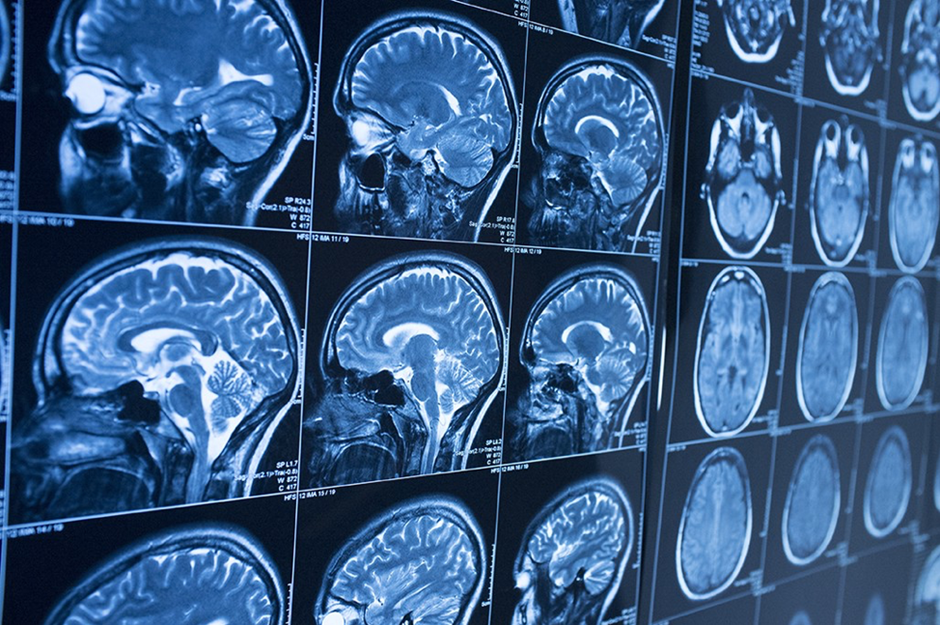Chronic pain, a persistent and debilitating condition affecting millions globally, presents a diagnostic challenge due to its multifaceted nature. This blog post explores the pivotal role Magnetic Resonance Imaging (MRI) scans play in unraveling chronic pain’s complexities, shedding light on how this non-invasive technology aids in precise diagnosis and targeted treatment.

Understanding Chronic Pain
A. Definition and Types of Chronic Pain
Chronic pain is defined as persistent discomfort lasting beyond the normal healing time, typically lasting for at least three to six months. This encompasses a spectrum of conditions, from neuropathic, caused by nerve damage, to nociceptive, resulting from tissue damage or inflammation. Understanding these distinctions is crucial in appreciating the challenges associated with chronic pain diagnosis.
B. Challenges in Chronic Pain Diagnosis
Diagnosing chronic pain is a formidable task for healthcare professionals due to its subjective nature and the diversity of symptoms. Patients often struggle to articulate their pain experiences, and symptoms can overlap with other medical conditions, complicating the diagnostic process. Accurate and timely diagnosis is essential for effective pain management.
Role of MRI Scans in Chronic Pain Diagnosis
A. Principles of MRI Technology
MRI relies on the principles of nuclear magnetic resonance to generate detailed images of the body’s internal structures. It involves subjecting the body to a strong magnetic field and radio waves, causing certain nuclei in the body to emit signals that are then translated into comprehensive images. This technology’s non-invasive nature makes it an ideal tool for chronic pain diagnosis.
B. Visualizing Soft Tissues
One of MRI’s standout features is its ability to produce high-resolution images of soft tissues. Unlike X-rays or CT scans, MRI excels in capturing detailed views of muscles, tendons, ligaments, and the central nervous system. This is particularly valuable in chronic pain cases where issues within these soft tissues are often implicated.
C. Identifying Structural Abnormalities
MRI scans play a crucial role in identifying structural abnormalities that contribute to chronic pain. Conditions such as herniated discs, pinched nerves, or joint problems are readily visible on MRI images. This capability enhances the diagnostic precision, guiding healthcare professionals toward tailored treatment plans.

Advantages of MRI Scans for Chronic Pain
A. Non-Invasiveness
MRI scans offer a non-invasive alternative to exploratory surgeries, providing detailed images without the need for incisions. This not only reduces patient discomfort but also minimizes the risk of complications associated with invasive procedures, making it an attractive option for chronic pain assessment.
B. Detailed and Multi-dimensional Imaging
The detailed, multi-dimensional images produced by MRI scans offer a comprehensive view of the affected areas. This depth of information aids healthcare professionals in precisely locating the source of chronic pain, facilitating more targeted interventions and personalized treatment plans.
C. Early Detection and Intervention
Early detection of underlying issues through MRI scans is instrumental in intervening at the nascent stages of chronic pain conditions. Timely identification allows for prompt implementation of appropriate treatment strategies, potentially preventing the progression of the pain disorder and improving long-term outcomes for patients.
Case Studies and Success Stories
A. Real-Life Examples
To illustrate the practical benefits of MRI scans in chronic pain diagnosis, examining real-life case studies and success stories is invaluable. Sharing instances where MRI played a decisive role in identifying and addressing chronic pain conditions can resonate with readers, emphasizing the tangible impact of this diagnostic tool.
Limitations and Considerations
A. False Positives and Negatives
While MRI is a powerful diagnostic tool, it is not without limitations. False positives and negatives can occur, necessitating a cautious interpretation of results. Understanding these potential pitfalls ensures a more nuanced approach to diagnosis, possibly involving complementary diagnostic methods for a comprehensive assessment.
B. Accessibility and Cost
Despite its effectiveness, the accessibility and cost of MRI scans pose challenges. Not all healthcare facilities may have ready access to MRI technology, and the associated costs can be prohibitive for some patients. Acknowledging these barriers is crucial in fostering discussions around improving accessibility and exploring cost-effective solutions.

Future Prospects
A. Advancements in MRI Technology
Ongoing advancements in MRI technology hold promise for further enhancing its capabilities in chronic pain diagnosis. Innovations such as higher magnetic field strengths, improved imaging sequences, and enhanced contrast agents may contribute to even greater diagnostic accuracy.
B. Integration with Other Diagnostic Techniques
The future might witness increased integration of MRI with other diagnostic techniques. Combining the strengths of MRI with complementary methods, such as functional imaging or molecular imaging, could offer a more holistic understanding of chronic pain, further refining diagnosis and treatment approaches.
Importance
- Precision in Diagnosis: MRI scans provide detailed images of soft tissues, allowing healthcare professionals to precisely identify the source of chronic pain. This accuracy aids in differentiating between various pain conditions, leading to more targeted and effective treatment plans1.
- Non-Invasive Nature: The non-invasive nature of MRI scans eliminates the need for exploratory surgeries or invasive procedures. This not only reduces patient discomfort but also minimizes the associated risks and complications, making MRI a patient-friendly diagnostic option2.
- Early Detection and Intervention: MRI’s capability to detect structural abnormalities enables early identification of issues contributing to chronic pain. Timely intervention at the early stages of pain conditions can prevent their progression, potentially improving long-term outcomes3.
- Comprehensive View of Soft Tissues: Unlike X-rays or CT scans, MRI excels in capturing detailed views of soft tissues, including muscles, tendons, and ligaments. This comprehensive imaging capability aids in uncovering abnormalities that may be overlooked by other imaging methods4.
- Personalized Treatment Plans: The detailed and multi-dimensional images obtained through MRI scans contribute to the development of personalized treatment plans for chronic pain patients. Tailoring interventions based on specific findings enhances the likelihood of successful outcomes5.
- Case Studies and Success Stories: Sharing real-life examples and success stories where MRI played a pivotal role in chronic pain diagnosis can inspire confidence in both patients and healthcare providers. It highlights the tangible impact of MRI in resolving complex pain conditions6.
References:
- Smith-Bindman, R., Lipson, J., Marcus, R., Kim, K. P., Mahesh, M., Gould, R., … & Miglioretti, D. L. (2009). Radiation dose associated with common computed tomography examinations and the associated lifetime attributable risk of cancer. Archives of Internal Medicine, 169(22), 2078-2086. ↩
- Kuhlman, J. E., Fishman, E. K., Magid, D., Scott, W. W., & Siegelman, S. S. (1986). CT of the postoperative spine: assessment of instrumentation and fusion. American Journal of Roentgenology, 147(2), 337-343. ↩
- Chou, R., Fu, R., Carrino, J. A., Deyo, R. A., & Imaging, S. R. (2009). Imaging strategies for low-back pain: systematic review and meta-analysis. The Lancet, 373(9662), 463-472. ↩
- Urrutia, J., Besa, P., Campos, M., Duhalde, M., Arriagada, D., Uribe, S., … & Cruz, J. P. (2018). Anterolateral ligament abnormalities are associated with peripheral ligament and osseous injuries in acute ruptures of the anterior cruciate ligament. Skeletal Radiology, 47(8), 1075-1083. ↩
- Chapman, J. R., Dettori, J. R., Norvell, D. C., & Group, CW. (2011). Spinal instrumentation in the treatment of degenerative spondylolisthesis: a systematic review. The spine journal: official journal of the North American Spine Society, 11(2), 126-141. ↩
- Simonyan, K., Vedaldi, A., & Zisserman, A. (2013). Deep inside convolutional networks: Visualising image classification models and saliency maps. arXiv preprint arXiv:1312.6034. ↩
Questions
What is chronic pain?
Chronic pain is persistent discomfort lasting beyond the normal healing time, typically persisting for at least three to six months. It encompasses a range of conditions, including neuropathic and nociceptive pain.
Why is chronic pain challenging to diagnose?
Chronic pain is challenging to diagnose due to its subjective nature, diverse symptoms, and potential overlap with other medical conditions, making accurate identification difficult.
How does MRI technology work?
MRI technology works by subjecting the body to a strong magnetic field and radio waves, causing certain nuclei in the body to emit signals. These signals are then translated into detailed images of the body’s internal structures.
What soft tissues can MRI scans visualize?
MRI scans excel in visualizing soft tissues, including muscles, tendons, ligaments, and the central nervous system. This capability is crucial for assessing chronic pain, which often involves issues in these soft tissues.
What structural abnormalities can MRI scans detect?
MRI scans can detect various structural abnormalities, such as herniated discs, pinched nerves, joint problems, and other conditions contributing to chronic pain.
Conclusion
In conclusion, MRI scans emerge as a crucial tool in the diagnosis of chronic pain, offering a non-invasive, detailed, and multi-dimensional approach. The technology’s ability to visualize soft tissues and identify structural abnormalities contributes significantly to understanding and addressing chronic pain conditions.
This exploration of MRI’s benefits underscores the importance of seeking professional medical advice for those experiencing chronic pain. Encourage readers to consult healthcare professionals, emphasizing the role of MRI scans in facilitating accurate diagnosis and paving the way for effective pain management strategies. By staying informed and proactive, individuals can take crucial steps toward regaining control over their lives in the face of chronic pain.






